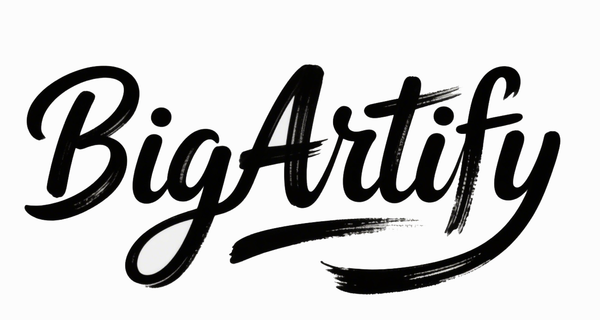Guided Tour: “Abstract and Figurative American Painters, 1914–1947” – Exploring the Foundations of American Abstract Art
On August 10, 2025, art enthusiasts will have a unique opportunity to deepen their understanding of early American abstract art through a guided tour titled “Abstract and Figurative American Painters, 1914–1947.” This event highlights a crucial period when the seeds of American modernism were planted, blending abstraction and figuration in ways that paved the path for later groundbreaking movements like Abstract Expressionism.

The years between 1914 and 1947 represent a transformative era for American artists. During this time, many painters navigated the rich influences of European avant-garde movements such as Cubism, Fauvism, and Surrealism while striving to create a distinctly American voice in modern art. Artists like Arshile Gorky, John Marin, and Marsden Hartley experimented with abstraction as a means of expressing spirituality and emotion, often integrating figurative elements within their compositions.
This guided tour provides an in-depth look at the cultural and social contexts that shaped these artists’ work, including the impact of major events like the World Wars and the Great Depression. It also explores the role of influential galleries and educators, including the legacy of Hans Hofmann, who inspired many painters during this formative period.
Visitors can expect to engage with significant works illustrating the complex relationship between abstract and figurative practices and see how these early innovations set the stage for the explosive New York School movement of the mid-20th century. This era’s painters established foundational techniques and visual languages that would deeply influence artists such as Willem de Kooning and others who propelled Abstract Expressionism into prominence.

Though the specific venue of this tour may vary, similar programs are often hosted at renowned institutions like the Hirshhorn Museum, which specializes in modern and contemporary art, including American abstract art collections.
For visual references and further reading, viewers can explore collections and explanations at the Museum of Modern Art’s Abstract Expressionism Collection, gain a broad perspective on abstract art history via TheArtStory's Abstract Art Overview, or learn about the Hirshhorn Museum’s educational offerings including guided tours.
This tour context also ties into explorations of key figures like Arshile Gorky, recognized for his lyrical abstract works, and Hans Hofmann, a pivotal teacher who helped shape the approaches of many American painters.
Frequently Asked Questions (FAQ)
What is the historical importance of the 1914–1947 period in American abstract art?
This timeframe marks the emergence of early American abstraction and figurative painting, bridging influences from European modernism with the blossoming of a distinctive American art language.
Who were the major artists active during these years?
Among the key figures are Arshile Gorky, Marsden Hartley, John Marin, and Hans Hofmann, all of whom contributed uniquely to the evolution of American abstract and figurative art.
What will I experience during the guided tour?
Participants will view and discuss seminal artworks, learn about the socio-political influences on artists of the time, and gain insight into the development of American modern art.
Where are such tours typically hosted?
These educational tours often take place in leading art museums like the Hirshhorn Museum or similar venues with significant collections of early American modern art.
How did American abstract art distinguish itself from European modernism?
While influenced heavily by European avant-garde trends, American artists incorporated personal expression and uniquely American themes, pushing the boundaries towards Abstract Expressionism.

This guided tour offers a rare chance to explore the rich history and evolution of American abstract art, enriching one’s appreciation of the artistic journey from early experimentation to mid-century innovations. For more information or to register, visitors should consult major art museums offering such programs.
Image sources and further visual materials can be found via the official websites of the Museum of Modern Art (MoMA), TheArtStory, and the Hirshhorn Museum.
